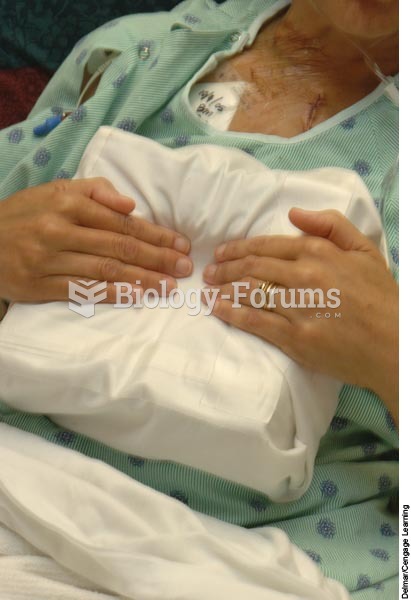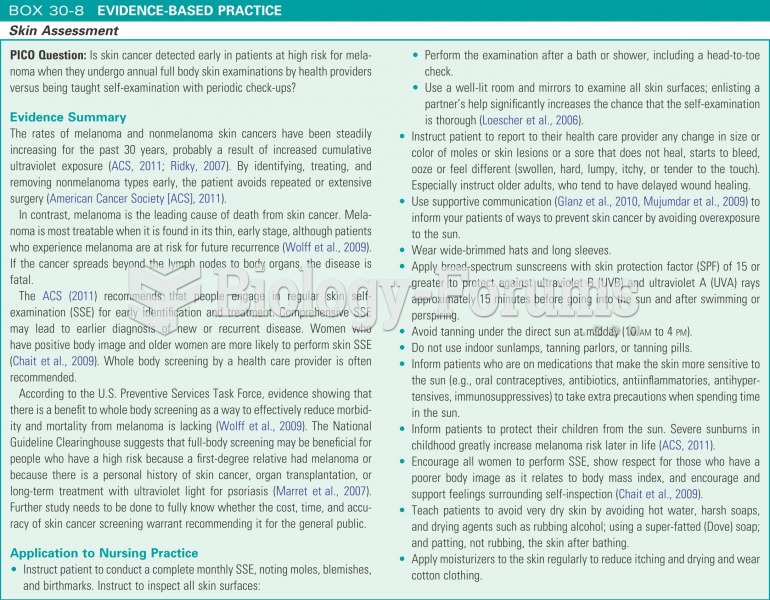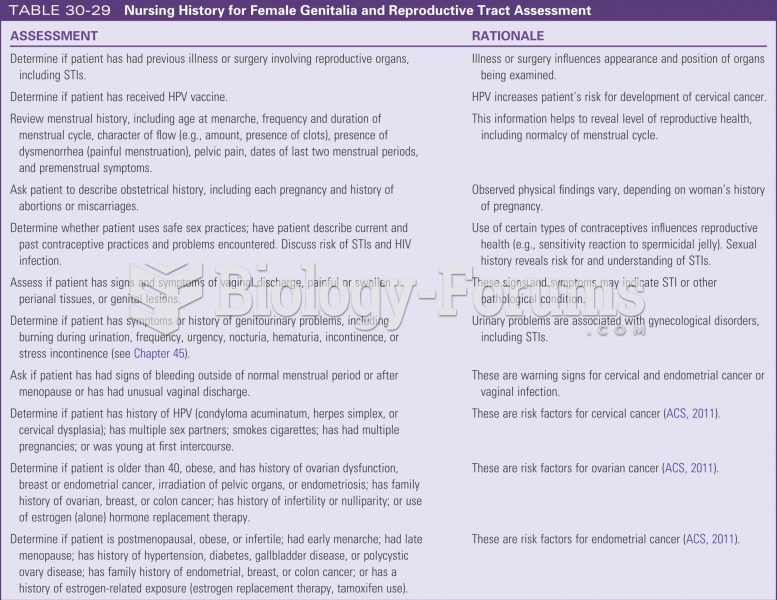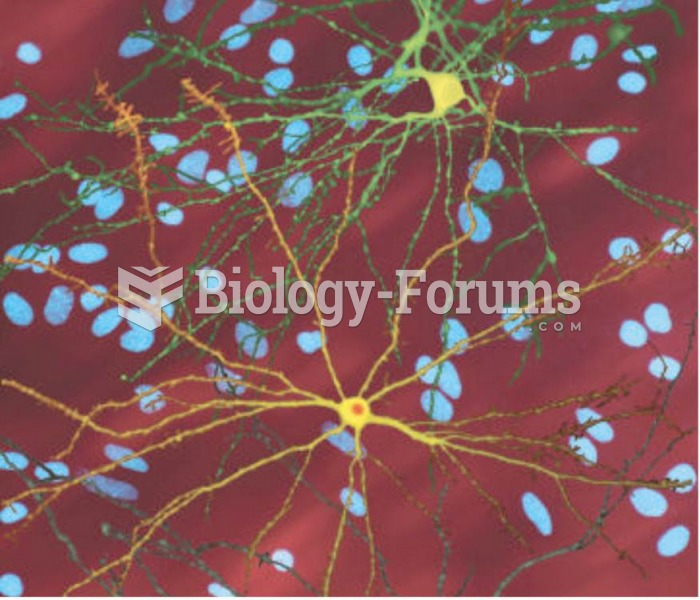Answer to Question 1
Correct Answer: 1
Rationale 1: Clients experiencing infection present with an increased heart rate and rapid, shallow respirations.
Rationale 2: This temperature is normal.
Rationale 3: This is a normal respiratory rate.
Rationale 4: Clients experiencing inflammation and infection do not present with a decreased heart rate or respirations.
Global Rationale: The systemic manifestations of inflammation associated with an infection are elevated temperature above 39C (102F), pulse rate greater than 90 beats/minute, respirations greater than 20 breaths/minute, and a white blood cell count greater than 12,000/mm3.
Answer to Question 2
Correct Answer: 1
Rationale 1: Because ibuprofen has less effect on coagulation, it is not used for the prophylaxis of adverse cardiac events.
Rationale 2: Although nonaspirin NSAIDs affect blood coagulation, the action is short-lived, and they are relatively safe to use with anticoagulants.
Rationale 3: Although nonaspirin NSAIDs affect blood coagulation, the action is short-lived.
Rationale 4: In general, nonaspirin NSAIDs do not increase the risk of respiratory failure.
Global Rationale: There are important differences between aspirin and the ibuprofen-like agents in their effects on the blood and heart. Although ibuprofen-like drugs affect blood coagulation, their action is short lived and they are relatively safe to use with anticoagulants. Because they have less antiplatelet effect, the ibuprofen-like agents are not used for the prophylaxis of adverse cardiovascular events. In fact, some of the nonaspirin NSAIDs such as indomethacin and sulindac significantly increase the risk of cardiovascular events. Caution should be used with all the nonaspirin NSAIDs when they are given for prolonged periods to patients with a history of cardiac disease, but do not increase risk of respiratory failure







